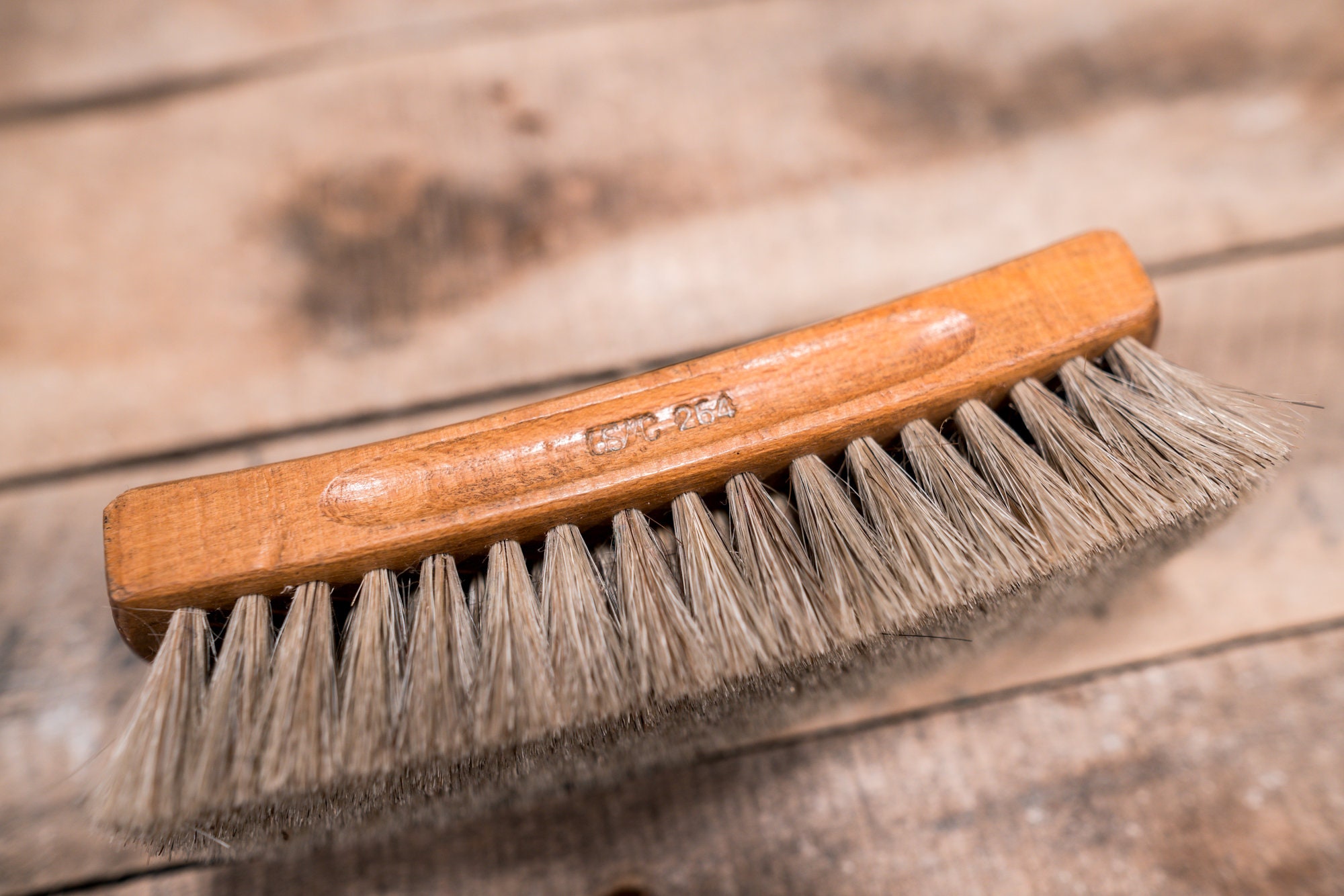

“When I see ripples of water or reflections of a mountain in a river, I see patterns. Every mark has been carved, inked and printed by hand – it is an entirely human creation with no mechanical or automated involvement whatsoever.” Mia now works as a full-time painter and printmaker, using both mediums in very different ways to express a continuous theme in her art – nature.
#MOKU HANGA SHOESHINE BRUSH MANUAL#
“With mokuhanga being such a manual process, I can’t help but feel a strong connection to each print as it’s pulled from the blocks. Whilst it was the independence and simplicity of mokuhanga that first captured her interest, Mia now loves the process for its natural characteristics and the high level of involvement needed during each step of the process.

This means mokuhanga artists can easily work from home or in multiple locations, as the printing tools are all small enough to be easily transported.Ĭonfident in its potential, Mia began her journey with mokuhanga in 2003 by participating in a two-month residential course organised by MI-LAB (Mokuhanga Innovation Laboratory) where she was able to develop her skills. Mokuhanga on the other hand uses just a small hand-held printing tool called a baren.

Most traditional printing methods ask for expensive and heavy equipment that the majority of people simply don’t have access to. Inspired by the images on display, Mia looked into how they were made and was surprised to discover she wouldn’t need much to start practicing the technique herself. Her first taste of mokuhanga came in the form of a Japanese ukiyo-e art exhibit at the Brooklyn Museum. “Japanese Moons Willow” by Mara Cozzolino How about contemporary artists in Tokyo?Īllow me to introduce Tokyo-based artist Mia O. As well as having the qualities Mara was searching for, mokuhanga’s harmonious relationship with the natural world provided her with a source of inspiration that has strongly influenced her work. Despite being unchanged for centuries, mokuhanga happens to be an environmentally-friendly, water-based printing process, requiring only simple materials and no toxic chemicals. Her search for a more eco-friendly printing process is what led her to mokuhanga. Whilst some etching artists have managed to make their work processes more sustainable, Mara decided to take the opportunity to switch to an altogether different technique. Before discovering mokuhanga, Mara worked as an illustrator practicing another printing technique known as etching, however it became increasingly difficult for her to justify its use of toxic chemicals and the impact they were having on both the environment and her health. So who’s using the art form overseas?įor one, printmaker Mara Cozzolino has been practicing mokuhanga from her art studio in northern Italy since 2011. Having developed alongside publishing and not high art, mokuhanga is an unpretentious technique that invites us to not only create art but also reconnect with nature – two basic pleasures that are all too often missing from our modern lives. Despite having a history that’s strongly connected to Japanese culture, mokuhanga’s future is appearing to be increasingly international, showing its potential to connect artists from around the world and offering exciting opportunities for cultural exchange. Well, mokuhanga is today being recognised as an accessible and environmentally friendly art form, meeting the needs of contemporary artists. Whilst the art has a rich history, it is now being recognized for having unique characteristics that are appealing to modern artists around the world. The artist then rubs color into the wood and presses the paper onto the surface which, when removed, reveals the carved image. Any areas of the image where color should not appear must be cut away from the block, resulting in something that looks like a wooden stamp. Mokuhanga is a traditional printing technique once used commercially in Japan to mass produce images such as Katsushika Hokusai’s famous “The Great Wave off Kanagawa.” The multi-step process begins with the carving of wooden blocks. All of these materials are coming together to be used in a process known as woodblock printing, or mokuhanga. Her specially designed workstation is overflowing with handmade paper, various tools and bowls of brightly colored pigments. The highly manual process of the art form she’s employing means that consistency takes time to master but, with her level of skill, each print is revealed as a perfect replica of the last. She is halfway through adding black outlines to a batch of 99 prints. Climbing a narrow staircase to the third floor of the Mokuhankan print shop in Asakusa takes me to a studio where a printmaker is at work.


 0 kommentar(er)
0 kommentar(er)
